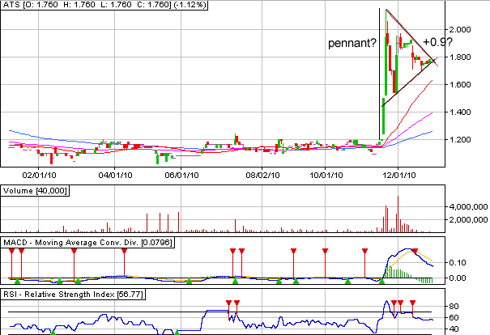By CountingPips.com
The latest Commitments of Traders (COT) report, released on Monday by the Commodity Futures Trading Commission (CFTC), showed that futures speculators decreased their short bets of the US dollar against the other major currencies. Non-commercial futures positions, those taken by hedge funds and large speculators, were overall net short the US dollar by $8.97 billion against other major currencies as of December 21st. This is down from the total short position of $9.46 billion on December 14th, according to the CFTC data and calculations by Reuters which calculates the dollar positions against the euro, British pound, Japanese yen, Australian dollar, Canadian dollar and the Swiss franc.
EuroFx: Currency speculators added to their shorts of the euro against the U.S. dollar to 14,093 short contracts as of December 21st. This is approximately 4,000 more than the short positions on December 14th which saw 10,304 euro short contracts.
The COT report is published every Friday by the Chicago Mercantile Exchange (CME) and shows futures positions as of the previous Tuesday. It can be a useful tool for traders to gauge investor sentiment and to look for potential changes in the direction of a currency or commodity. Each currency contract is a quote for that currency directly against the U.S. dollar, where as a net short amount of contracts means that more speculators are betting that currency to fall against the dollar and net long position expect that currency to rise versus the dollar. Open interest is the number of open contracts that have not been closed by a transaction or by delivery.
GBP: Speculators trimmed their British pound sterling positions for a second straight week to a total of 7,432 short contracts on December 21st following the previous week’s short positions of 8,186 contracts. Pound sterling contracts have now been short for four straight weeks dating back to November 30th.
JPY: The Japanese yen net long contracts were basically unchanged as of December 21st with 12,529 long contracts from 12,735 net long contracts reported on December 14th.
CHF: Swiss franc long positions rose higher for a third straight week to a total of 12,527 long contracts as of December 21st after totaling a net of 10,716 long contracts on December 14th.
CAD: The Canadian dollar positions decreased as of December 21st. CAD long positions registered 24,948 contracts after totaling 33,396 net longs on December 14th.
AUD: The Australian dollar positions advanced higher for a third consecutive week after nine straight weeks of declining positions. AUD contracts increased to a net amount of 60,550 long contracts as of December 21st from 53,778 long contracts on December 14th.
NZD: New Zealand dollar futures positions declined for a fifth straight week as of December 21st. NZD long positions fell to a total of 7,366 long contracts after a total of 12,521 long contracts the week before.
MXN: Mexican peso long contracts edged slightly higher as of December 21st to 78,002 net long positions from 77,168 longs the week prior. The latest data is a second straight week of increase for the Mexican peso speculative positions.
COT Data Summary as of December 21st, 2010
Large Speculators Net Positions vs. the US Dollar
EuroFx: -14,093
British pound sterling: -7,432
Japanese yen: +12,529
Swiss franc: +12,527
Canadian dollar: +24,948
Australian dollar: +60,550
New Zealand dollar: +7,366
Mexican peso: +78,002
Go to the Commitment of Traders CME raw futures data
Further COT Resources from around the web:











